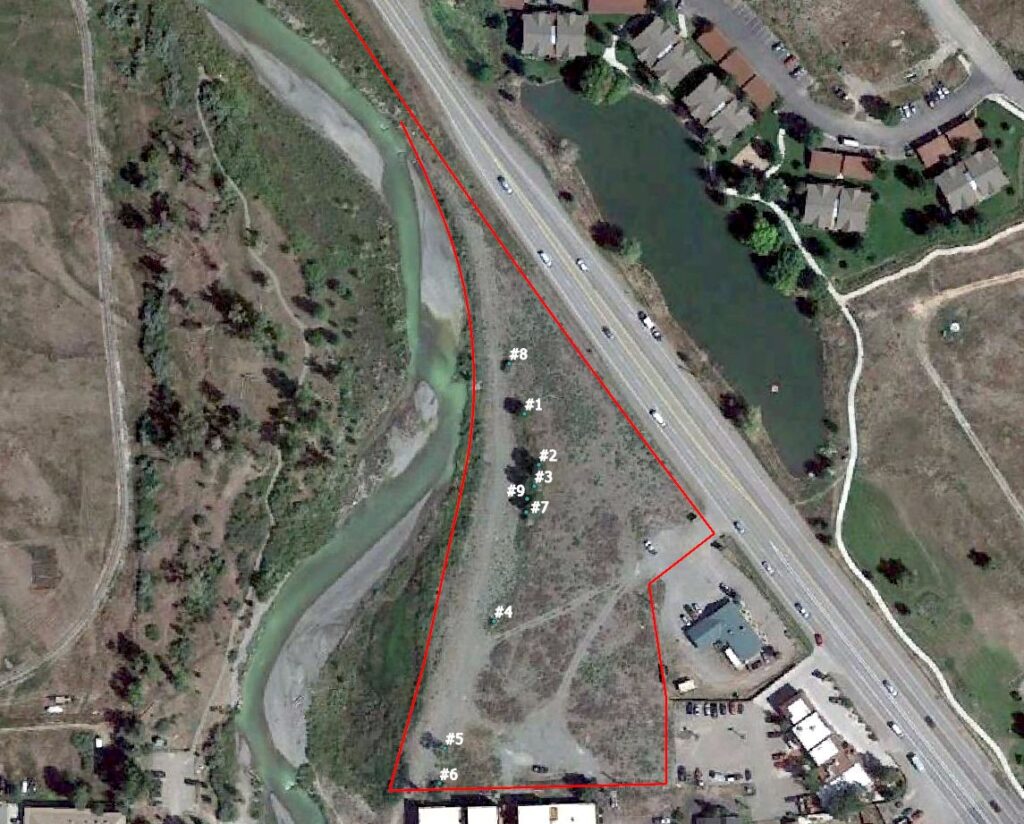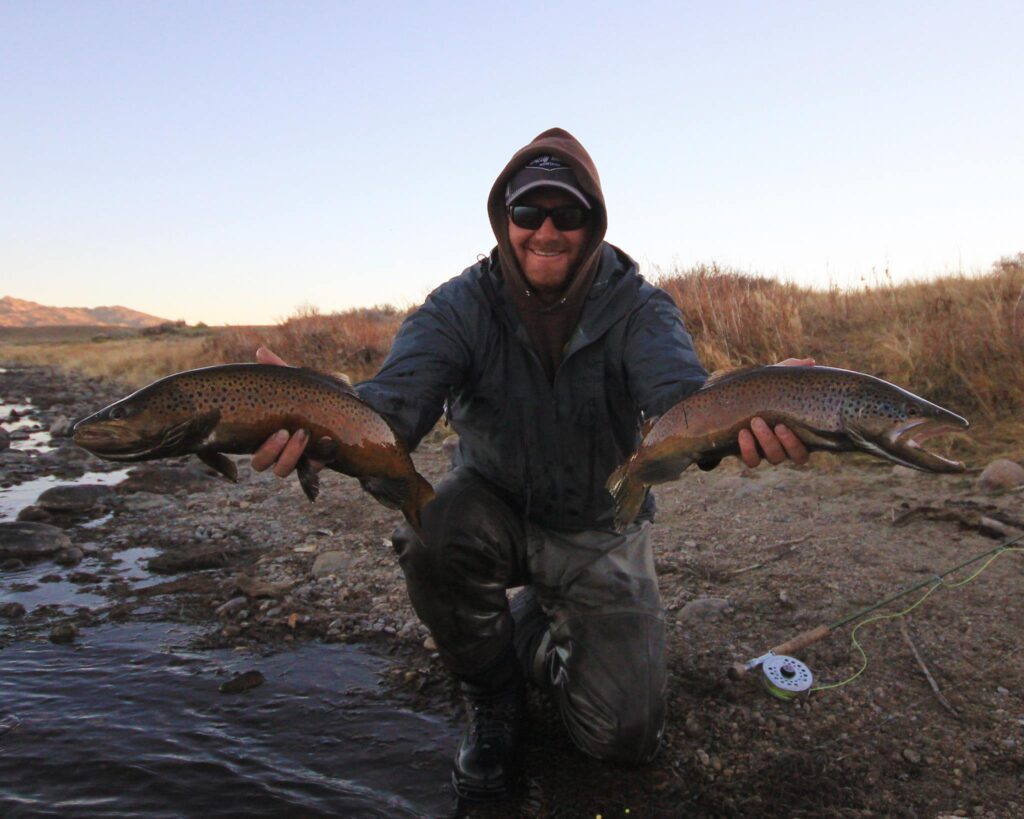Growing up on the Western Slope of Colorado provided Jeremy Allinson with ample opportunities to develop into an expert outdoorsman, environmental advocate and avid angler. Fishing has taken him far – literally, from Alaska to New York and beyond.
Raised in Delta, Colorado, a rural community where he spent a lot of time hunting, fishing, and being outdoors – he says he didn’t realize how lucky he was to have the opportunity to spend so much time exploring one of the most remote beautiful canyons around, and in his backyard. Today, Jeremy is DHM Design’s Natural Resource Programs Manager, bringing his style of hands on resource protection to lands all across the American west.

Prior to joining DHM, Jeremy spent time as a professional outdoor guide for an outfitter in upstate New York before joining a program at Metro State University in Denver for a degree in land use planning, with an environmental resource concentration – water law, water resources, hydrology, geology, etc. – all of the sciences that go into large-scale land development.
“One of my long time fly-fishing clients helped me realize that I could make a living doing what I like to do while making a lasting, legacy impression on the environment.”
Graduating during the 2009 recession, he took on some unique jobs, such as being a Mosquito Technician and an aquatic resource and fisheries investigator in Alaska. There, he would helicopter to all the different project sites across the state and bushwhack his way in to collect needed data. From the site, he would bushwhack back out to open gravel bars or water for drop in and pick up locations. One project followed about 100 miles of the Iditarod trail, over Rainy Pass and through remote West Central Alaska for an additional 250 miles. He still returns every couple of years to visit friends up there who guide on the Kenai River, for salmon and steelhead fishing.
Jeremy also spent a few years working for an environmental firm performing NEPA (National Environmental Policy Act) compliance, third party environmental impact statements reviews, biological assessments, and field investigations for multi-state transmission lines and oil and gas development. But the call of Colorado’s Western Slope was too powerful – he and his wife have now lived here since 2014.

Balancing his enjoyment of larger public projects with the fast-paced private work for residential and ranch projects, he is able to meet high demands with top quality products. Working with the US Forest Service, Jeremy completed a Summer Special Uses Program with Vail Mountain Resorts and Aspen Ski Company that allowed the team to ski the mountain for site analysis at times of the year when the slopes are normally closed. Not a bad day at the office! He appreciates the opportunity to work on restoration and planning projects on private ranches where the scale is set at a high level for the project and to watch successful results at an accelerated timeframe.
“Our riparian restoration and wetland creation solutions improve ecological systems not only on a local level, but also on a larger watershed level. Any opportunity to enhance, restore, or preserve a valuable ecosystem is a good thing. I sleep well at night doing the work that we do.”
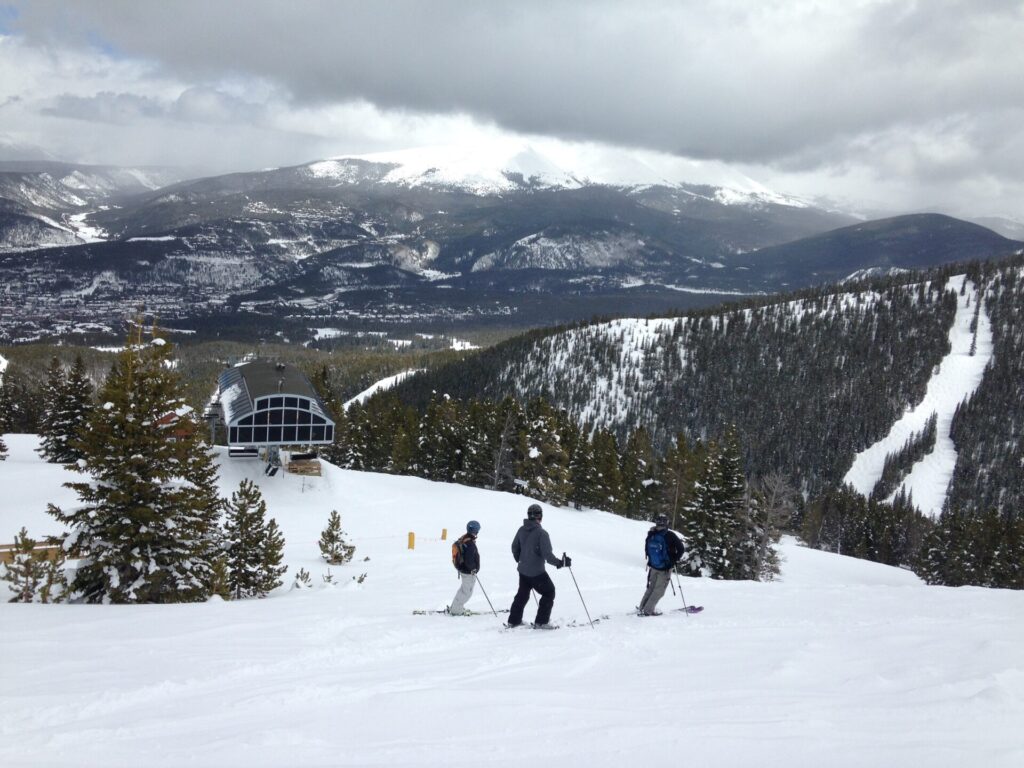
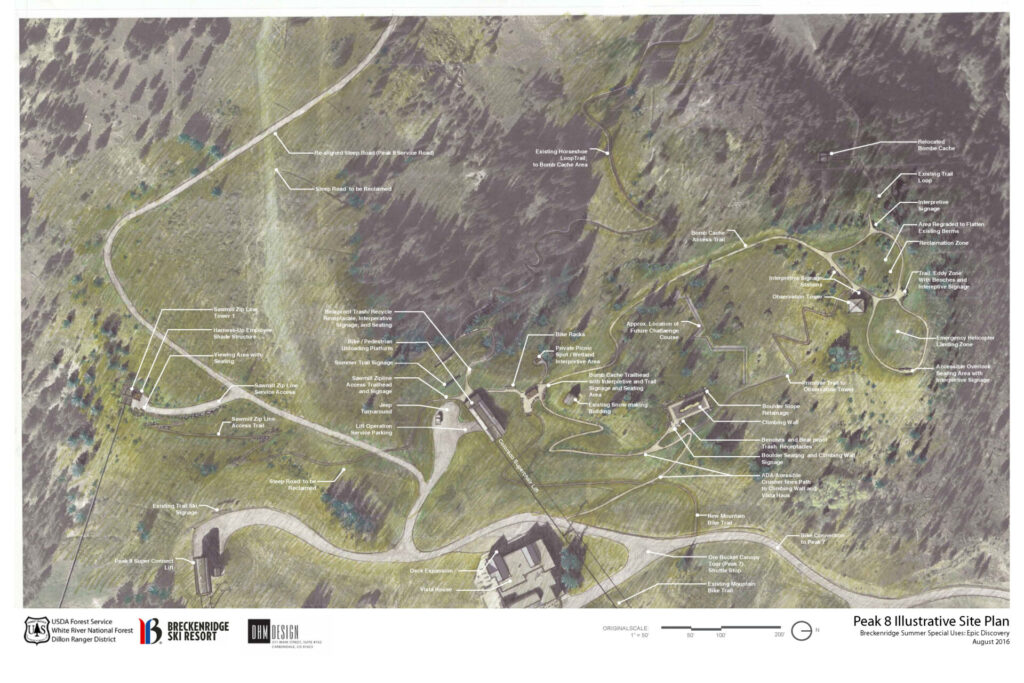
Above all, Jeremy loves fisheries projects – the type of work that affords the opportunity to impact a watershed, even if it’s a small portion of it. He has worked on a number of different river restoration and riparian habitat projects in the Roaring Fork Valley that, as a whole, all feed into and affect the same watershed. Working on both public land and private ranches along the Crystal River, Frying Pan River, and Roaring Fork River, all of which are part of the same watershed can overtime have a profound effect. Recently, the team developed a wildlife habitat improvement plan for a 150+ acre ranch, while simultaneously planning for riparian restoration in the City of Aspen – very different work, but still connected to each other by the way water flows through the valley.
For the Crystal River Restoration project with the Town of Carbondale and Aspen Valley Land Trust, the team first performed an ecological integrity assessment, and then later were involved with developing the plans and collaborating with all the stakeholders, such as the Roaring Fork Conservancy and American Rivers. Currently, he and others at DHM are helping with the grant funding process to implement the improvements.
“It’s been great to collaborate with the ecologists and landscape architects on staff here at DHM, it creates a great synergy for project success. I also have enjoyed the professional collaboration with the Army Corps of Engineers, Department of Natural Resources, Colorado Parks & Wildlife, and other agencies. I’ve been working with some of those folks for over a decade, and it’s nice to really engage year after year with a long-term team of professionals.”
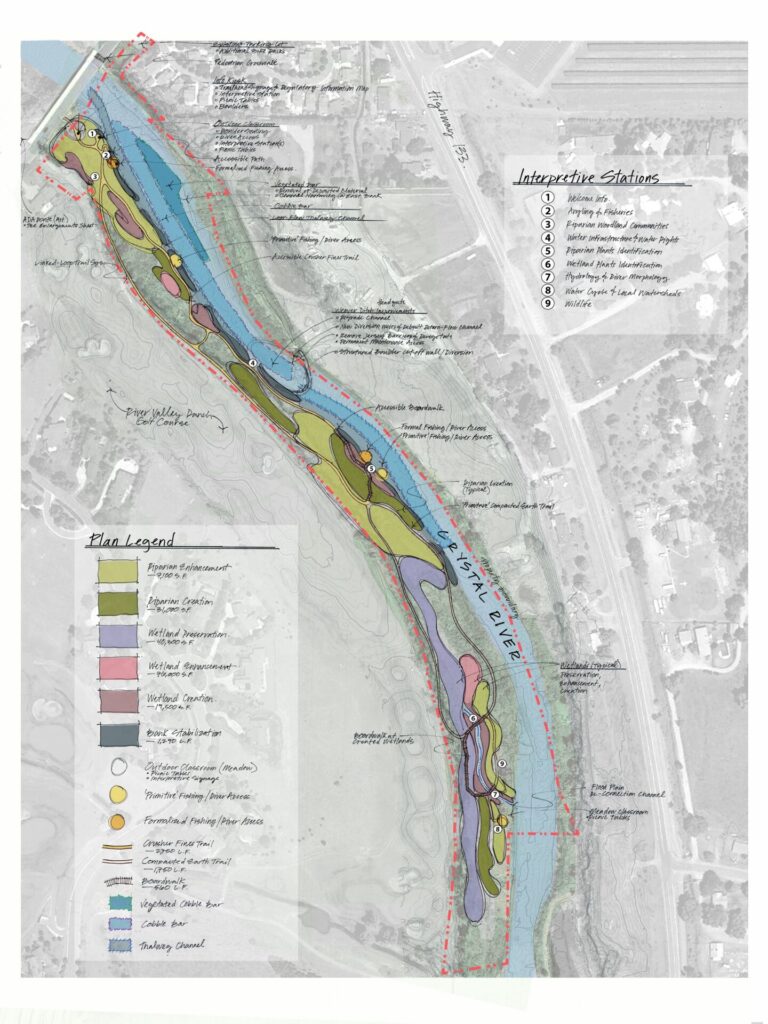

Integrated Ecology
What really stands out at DHM is how the teams work together – ecologists and landscape architects – to assess and design interventions that support how a site truly functions. The natural resources team conducts site assessments and analysis of the ecological site conditions and then maps their respective constraints and opportunities. The information is brought back to the design team who then evaluate development opportunities for number site programming activities including interpretive outdoor education, recreation, trail alignments, or whatever the project scope requires. This collaboration, both internally and with partner engineering firms, makes for very efficient, cost effective, and accurate site plan iterations, where drawings are refined into more technical engineering drawings until we get to a set of 100% construction drawings. Often DHM will conduct the wetland delineation and then take it all the way through permitting with the Army Corp of Engineers.
“Our role as ecological planners is to look for opportunities to collaborate and to improve the ecological integrity and function wherever we can.”
The ecological and environmental assessment work we do is critical for site planning and evaluating resource impacts. It provides a process to understand what opportunities and constraints exist from a resource standpoint as well as a financial standpoint. We have the unique ability to work with a developer to fully realize the cost benefit analysis for development as it relates to resource impacts, permitting, restoration and monitoring that can provide substantial overall project savings
In Ridgway, Colorado, the team helped guide and mitigate riverfront development along the Uncompahgre River corridor. Through an initial habitat assessment and development of an ecological characterization study, it was determined that degraded conditions actually created opportunity to put more buildings on the site as long as high-quality wetlands in another area of the property could be enhanced and restored. The outcome was a win-win, adding aesthetic value to the river corridor by having a thriving fish and wildlife habitat along the property.
“I’ve worked in some high alpine ecosystems where the plant composition and fragility are humbling. From extremely rare fen wetlands in Fairplay to the desert ecosystems where plants like clay soil – we understand the challenges of mending these places have taken hundreds or thousands of years to develop.”

You’ll find Jeremy out in the field more often than not – and he spends his personal energy protecting these places that mean so much to our region. As a volunteer for Trout Unlimited and Ducks Unlimited, he restores habitats, fundraises, and elevates the awareness of their work with the Gunnison Gorge area. Whether its presentations on how to tie flies or “electrofishing” to study the aquatic populations, he works to educate the community on the importance of the profession.
“People don’t realize how much of what what we do – resource studies, assessments, and ecological planning and design – protects the land we love. The more everyone can participate in that process, the better off the resource will be in the future.”

